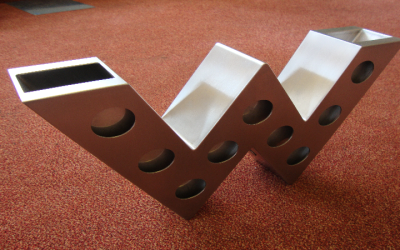While plating using zinc nickel can be used for a wide range of applications, it is most commonly found on parts and components in the automotive industry. This is an electroplating process that offers a range of benefits or advantages not possible with other plating options and processes.
The use of zinc nickel plating is primarily to reduce corrosion. It is highly effective as a coating for this purpose, with a similar impact of that found with cadmium electroplating. However, unlike cadmium electroplating, it is very safe for the environment. In addition, the use of zinc nickel rather than cadmium often prevents the need for an additional chromate conversion coating.
Aesthetic Benefits
While not as important as corrosion resistance, the use of zinc nickel plating also offers an aesthetic factor that is not present in all types of plating and coating. When applied using the latest in technology and equipment this plating will offer a bright and burn-free coating that can be left as is or further processed with clear or black trivalent passivates. These coatings are RoH compliant, so this is often a choice for OEM (Original Equipment Manufacturers) exporting parts and components outside of the United States.
Durability
An often overlooked aspect to zinc nickel plating is the durability factor over other plating options. It is very resistant to corrosion, even if the part is exposed to repeated thermal shock that can limit the effectiveness of other plating options.
When applied by experienced companies it will also be, completely blister free, and this is a plating that will not display the “whiskers” that can be noted with other types of plating in different industries.
This plating is particularly important in the automotive industry for one additional factor. It is an ideal consideration when the metal part has to be bonded to rubber, something that can be problematic for other coatings to achieve.


